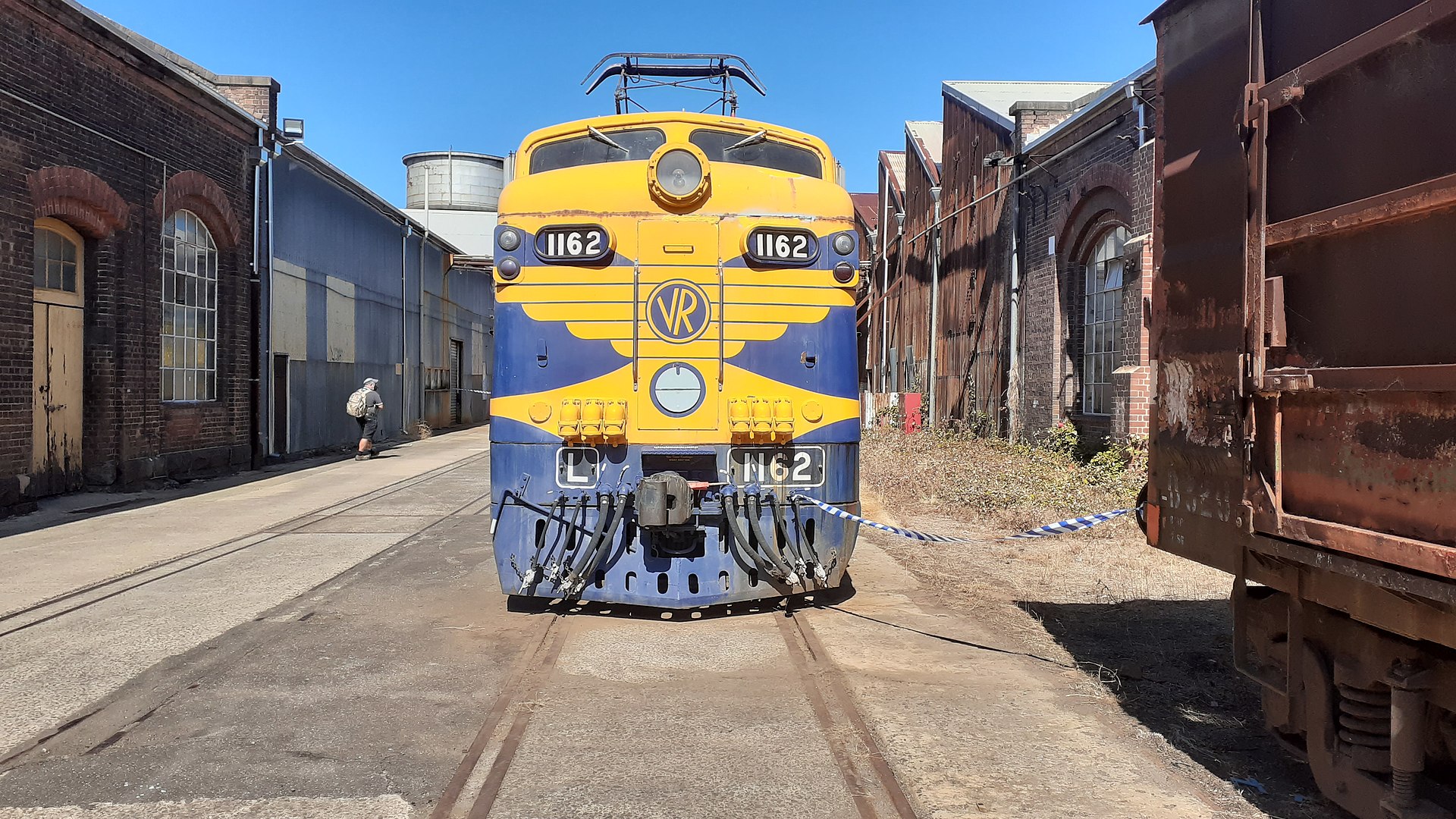Introduction:
Rail freight has long been regarded as a vital component of Australia’s transport infrastructure, promising efficient movement of goods across vast distances. However, despite its historical significance, rail freight in Australia has experienced a notable decline in recent decades. This decline can be attributed to a combination of factors ranging from infrastructure challenges to economic shifts and policy decisions. In this comprehensive analysis, we delve into the reasons behind the failure of rail freight in Australia.
- Infrastructure Shortcomings:
One of the fundamental issues plaguing rail freight in Australia is the inadequate state of rail infrastructure. Over the years, there has been a notable lack of investment in upgrading and modernizing rail networks. This has resulted in outdated tracks, insufficient capacity, and limited connectivity, undermining the competitiveness of rail freight compared to road transport.
Australia’s vast and diverse geography poses unique challenges for rail infrastructure development. Extensive distances, remote regions, and harsh environmental conditions make it costly to build and maintain rail lines. As a result, many rail networks remain underdeveloped, particularly in rural and regional areas, where road transport often becomes the more economically viable option.
Moreover, the standardization and interoperability of rail networks across different states and territories have been lacking, further complicating freight movements. Inefficient intermodal terminals and inadequate last-mile connections exacerbate the problem, leading to delays and increased costs for rail freight operators.
- Dominance of Road Transport:
The dominance of road transport in Australia’s freight industry is another significant factor contributing to the failure of rail freight. Road transport offers greater flexibility, door-to-door delivery options, and shorter transit times, making it the preferred choice for many businesses, particularly for shorter distances or time-sensitive shipments.
Additionally, road transport enjoys various subsidies, tax concessions, and regulatory advantages that tilt the competitive balance in its favor. These include favorable fuel tax credits, which reduce the operating costs for road hauliers, and relaxed regulations on truck dimensions and weights, allowing for larger and more efficient trucks.
The rise of e-commerce and just-in-time delivery practices has further bolstered the demand for road transport, as businesses prioritize speed and flexibility over cost-effectiveness. As a result, rail freight struggles to compete with the convenience and agility offered by road transport, especially in urban and peri-urban areas where congestion and last-mile challenges are prevalent.
- Economic and Industry Shifts:
Economic factors and shifts in industry dynamics have also played a significant role in the decline of rail freight in Australia. The restructuring of key industries, such as mining and manufacturing, has led to changes in freight patterns and volumes, impacting the demand for rail transport.
The decline of traditional heavy industries in certain regions has reduced the need for bulk freight transport, which historically relied heavily on rail. In contrast, the growth of sectors such as agriculture and perishable goods requires more flexible and responsive transportation solutions, where road transport often holds a competitive edge.
Furthermore, the globalization of supply chains and the rise of containerization have reshaped the freight industry, favoring maritime transport for long-haul journeys. While rail freight can complement sea transport for inland distribution, the lack of seamless intermodal connectivity and efficient freight corridors limits its effectiveness in capturing a significant share of the market.
- Policy and Regulatory Challenges:
Policy and regulatory frameworks have a profound impact on the viability of rail freight in Australia. Despite efforts to privatize and deregulate the rail industry, regulatory hurdles and inconsistencies persist, creating uncertainty for operators and investors.
The fragmented nature of Australia’s rail networks, with different operators and jurisdictions, complicates coordination and collaboration efforts. Inconsistent standards, regulations, and access charges impede the interoperability of rail systems and hinder the seamless movement of goods across state borders.
Moreover, the lack of long-term planning and investment commitments from governments further exacerbates the challenges facing rail freight. Short-term political cycles and competing priorities often result in ad-hoc funding allocations and infrastructure projects that fail to address the underlying issues plaguing the rail industry.
Conclusion:
In conclusion, the failure of rail freight in Australia can be attributed to a complex interplay of infrastructure shortcomings, the dominance of road transport, economic shifts, and policy challenges. Addressing these issues requires a comprehensive and coordinated approach involving governments, industry stakeholders, and policymakers.
Investments in rail infrastructure, including track upgrades, capacity expansions, and intermodal terminals, are crucial to improving the efficiency and competitiveness of rail freight. Streamlining regulations, enhancing intermodal connectivity, and incentivizing modal shift through targeted policies can help rebalance the freight transport mix and promote the sustainable growth of rail freight in Australia.
Author: Railpage Australia
